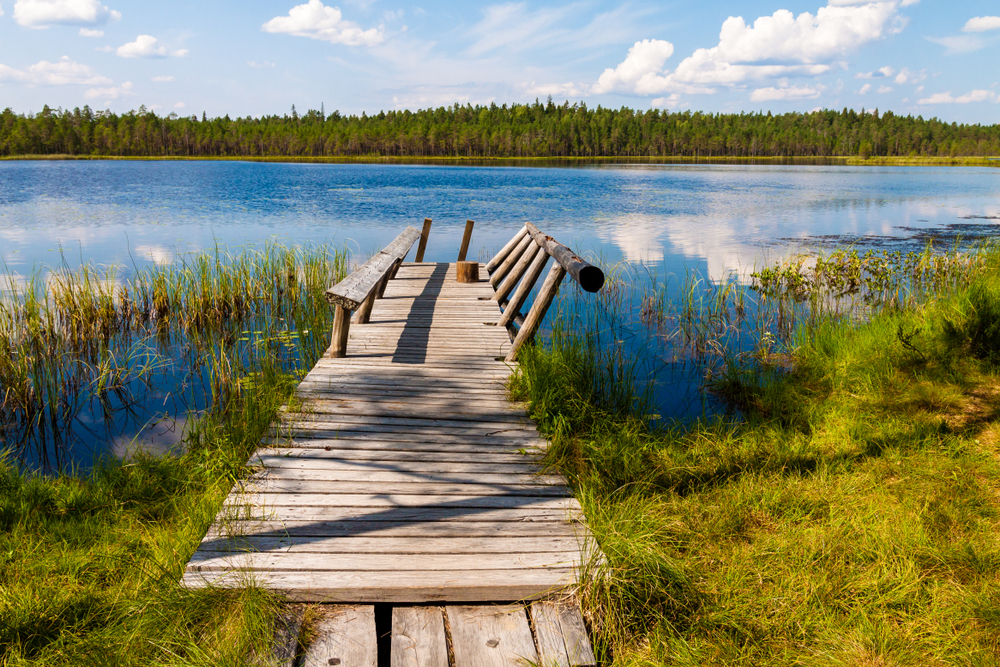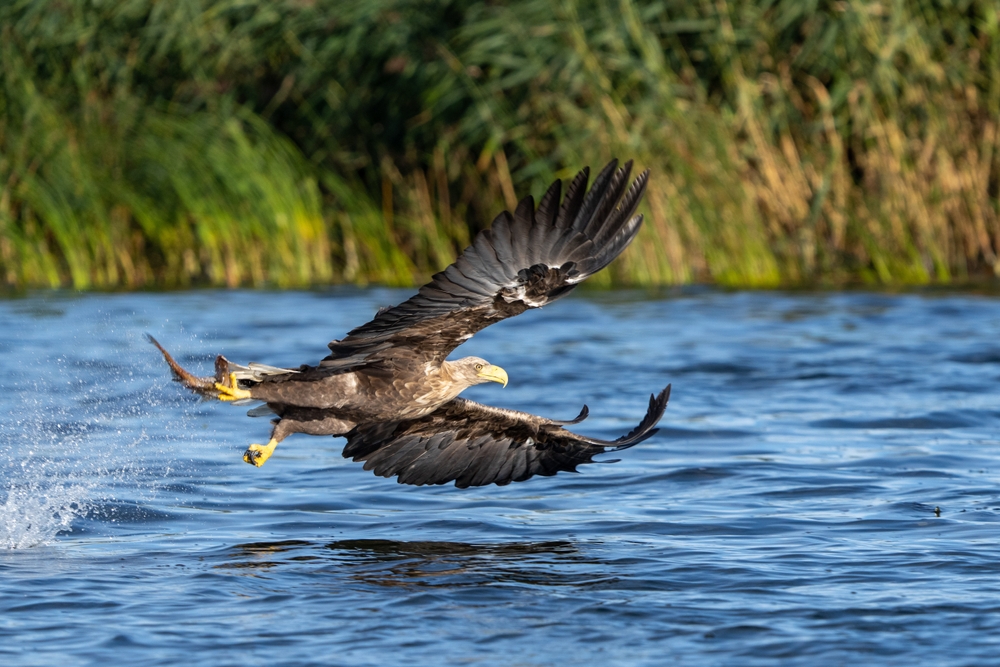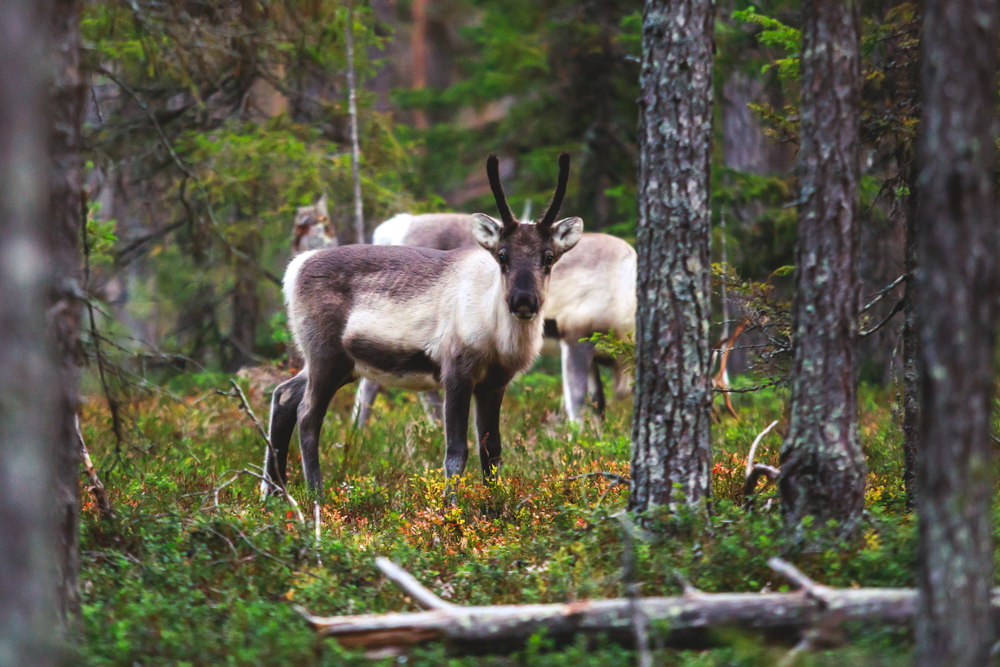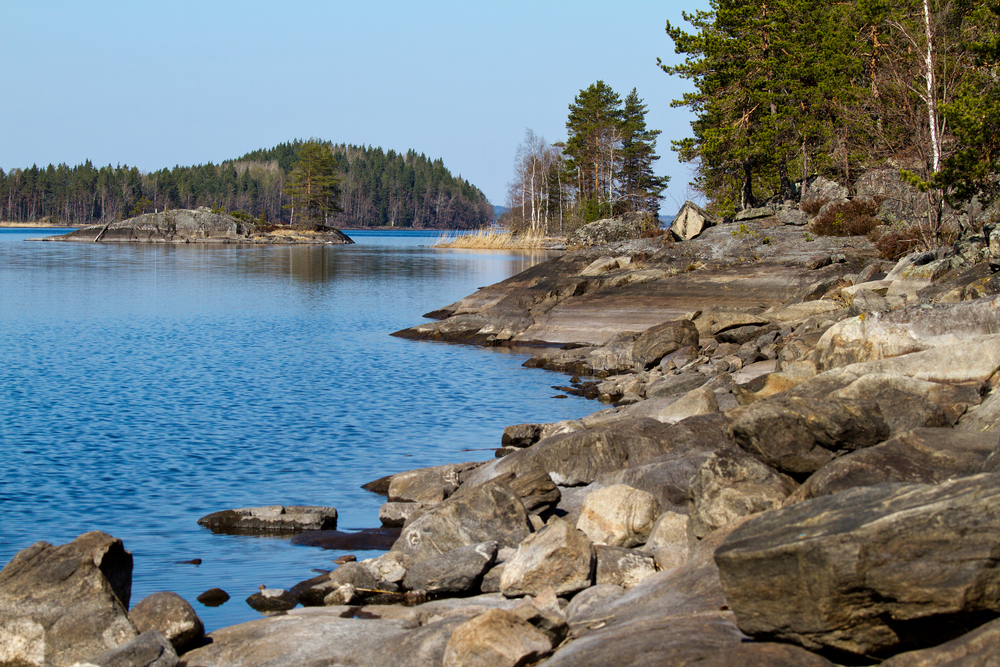Pyhä-Häkki Overview
Pyhä-Häkki National Park, known locally as Pyhä-Häkin kansallispuisto, is a pristine natural area in Central Finland, covering 8.9 square miles (23 square kilometers). Located in the municipality of Saarijärvi, this national park is renowned for its ancient forests, some of which are among the oldest in southern Finland.
Established in 1956, Pyhä-Häkki protects a unique boreal forest ecosystem, offering visitors a glimpse into an untouched Finnish wilderness dominated by centuries-old pine trees, diverse wetlands, and rich wildlife.
The terrain of Pyhä-Häkki National Park is characterized by a mix of old-growth forests, mires, and small lakes. The park’s most famous trees include towering Scots pines (Pinus sylvestris), some of which have stood for over 400 years. These ancient pines are accompanied by Norway spruces and birch trees, forming a dense boreal woodland.
In addition to its vast forests, Pyhä-Häkki features wetlands and open fens, particularly in the Kotajärvenneva mire area, which adds to the park’s ecological diversity. This mixture of landscapes creates an environment teeming with plant and animal life, making it an excellent destination for nature enthusiasts and researchers alike.
Wildlife in Pyhä-Häkki National Park is typical of the Finnish boreal forest. Mammals that roam the park include moose, roe deer, and red foxes, while smaller inhabitants such as pine martens and hares are also common. Occasionally, a lynx may be spotted moving stealthily through the forest.
The park is also a haven for birdwatchers, as it provides habitat for species such as the black woodpecker, capercaillie, and Siberian jay. Wetlands within the park attract wading birds and waterfowl, making spring and early summer an especially vibrant time for avian activity.
One of the most popular features of Pyhä-Häkki National Park is Häkin torni, a wooden observation tower that offers panoramic views over the old-growth forest. The Kilpisaari nature trail, a well-maintained 3.5-mile (5.5-kilometer) hiking path, provides visitors with an opportunity to explore the park’s towering trees and diverse landscapes.
Another notable feature is Valklampi, a scenic small lake nestled among the trees, where visitors often pause to take in the tranquil surroundings. The Pyhä-Häkki Ancient Forest, home to some of the oldest trees in Finland, is a must-visit for those looking to experience the primeval beauty of the region.
Visitors to Pyhä-Häkki can engage with the park in various ways, with hiking being the most popular activity. The well-marked trails make it accessible for visitors of all ages and skill levels. Nature photography is also a favorite pastime, as the park’s untouched landscapes provide countless picturesque moments.
During winter, snowshoeing offers an alternative way to explore the forest, while in autumn, the park becomes a destination for mushroom and berry picking. Additionally, the peaceful setting makes it an ideal location for simply relaxing and enjoying the solitude of nature.
Conservation efforts in Pyhä-Häkki National Park have been highly successful, particularly in protecting its ancient forests from logging. The park was established to preserve one of the last remaining old-growth forests in southern Finland, and today it serves as a crucial sanctuary for rare plant and animal species.
However, climate change poses an ongoing challenge, affecting the park’s delicate wetland ecosystems and the survival of certain species. Management efforts focus on habitat preservation and visitor education to ensure that this unique landscape remains protected for future generations.

















































































